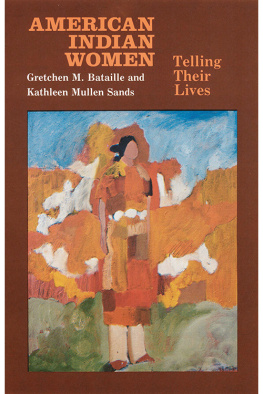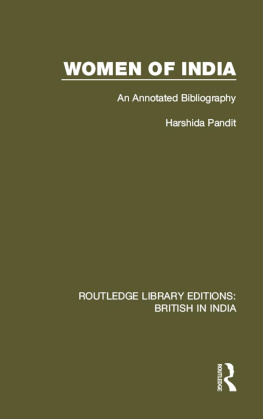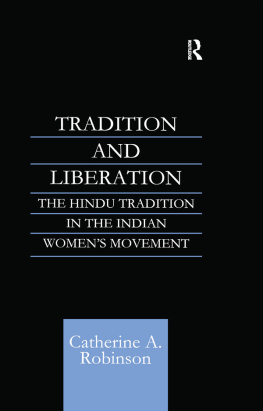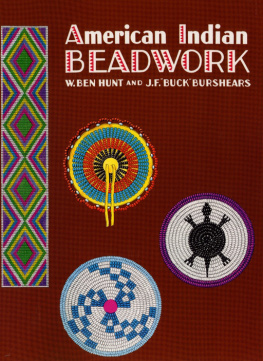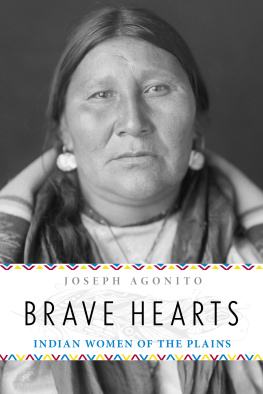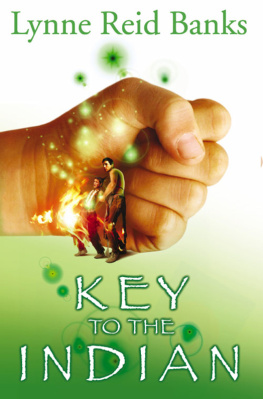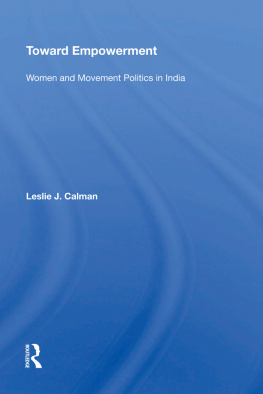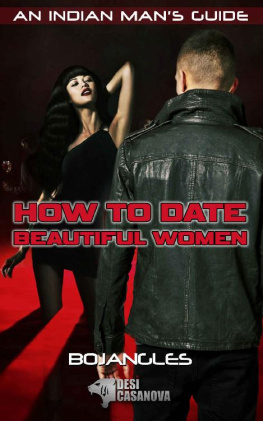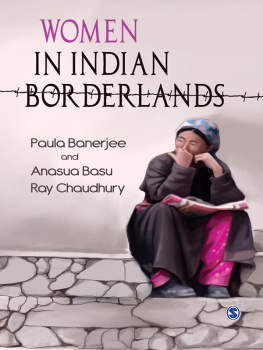
AMERICAN INDIAN WOMEN
Telling Their Lives
by
Gretchen M. Bataille
and
Kathleen Mullen Sands
University of Nebraska Press
Lincoln and London
Copyright 1984 by the University of Nebraska Press
All rights reserved
Library of Congress Cataloging in Publication Data
Bataille, Gretchen M, 1944
American Indian women, telling their lives.
1. Indians of North America WomenBiography.
2. Indians of North America WomenBiographyHistory and criticism.
3. Indians of North AmericaWomenBiographyBibliography.
I. Sands, Kathleen M.
II. Title.
E98.W8B37 1984
305.48897073 [B]
83-10234
ISBN 0-8032-1159-7
ISBN 0-8032-6082-2 (pbk.)
ISBN-13: 978-0-8032-6082-5 (pbk.: alk. paper)
ISBN-13: 978-0-8032-6048-1 (electronic: e-pub)
ISBN-13: 978-0-8032-6049-8 (electronic: mobi)
Contents
Preface
A Nation is not conquered
Until the hearts of its women
Are on the ground.
Then it is done, no matter
How brave its warriors
Nor how strong its weapons.
Traditional Cheyenne saying
The Cheyennes speak for American Indian women of all times and in all tribal communities. But American Indian women have not been spared the attitude that until recently assumed the inferiority of all women. The view that the responsibilities of Indian women were less significant than male roles permeates early writings about native societies and appears in contemporary accounts about the position of American Indian women as well.
The popular view of American Indian women disseminated by historians, anthropologists, sociologists, and educators, as well as novelists, accords women a low status because of the nature of the duties they performed. One anthropologist has written, for example:
The Indian Country of the Upper Missouri was a mans world before the white mans civilization penetrated that remote portion of the interior of our continent. Indian men were the hunters and warriors. As partisans they led war parties. As chiefs they deliberated in tribal councils and negotiated intertribal peaces. They were the seekers of visions, the makers and manipulators of powerful medicine bundles, and the conductors of prolonged and involved religious rituals. Women, on the other hand, were the diggers of roots and collectors of berries, the carriers of firewood and drawers of water, the dressers of hides and makers of tipis and clothing. As homemakers and housekeepers they performed scores of tasks necessary to the welfare of their families. But their role was a humble one. The Indian womans inferior status....
Katherine M. Weist, in a study of Plains Indian women, cites examples of the views that have pictured American Indian women as unfortunate and debased... beasts of burden. Although the women may be described as humane and hospitable, they are also seen as rude and unpolished. It is clear from Weists summary of the research that publications about American Indian women, particularly studies of Plains tribes, have either ignored the power of women within tribal structures or undervalued or inadequately evaluated it.
The source of such biased evaluation of the status of women in Indian culture is not difficult to discover. As Clara Sue Kidwell argues convincingly, The positions of women in European societies, largely derived from Judaic and Christian ideals of womanhood, led European men to overlook the power that Indian women could wield in their own societies. Kidwell further asserts that the idea of the roles of Indian women in their own societies that emerges from the literature in which women tell their own stories contradicts the usual stereotypes of the subservient and oppressed female. Support for this view comes from other American Indian women today. Bea Medicine, Sioux anthropologist, has said repeatedly in lectures and in print that Indian women do not need liberation, that they have always been liberated within their tribal structures.
If the roles of American Indian women in their own societies and society at large are to be analyzed with fairness and accuracy, we must take a closer look, not from an outsiders viewpoint, but through modes of expression within tribal society. Indian womens autobiographies offer, in both methodology and content, an intimate look into the lives of these women. In the following chapters several autobiographies are discussed in terms of what they tell us about the reality of American Indian womens lives. Some of the life stories are told through editors and reflect the biases of the interpreters; others have been written by an American Indian woman and edited by someone else. Some of the most recent autobiographies have been written by American Indian women who have found autobiography an effective method for self-definition as well as tribal definition. Although definition of these narratives as a genre is complicated by their differences in style and purpose, they all clarify the centrality of women in American Indian cultures.
The preparation of this book would not have been possible without the generous help of a number of people. For her suggestion that a book about Indian womens lives and writing would be a welcome addition to the field of Indian literature, we extend our thanks to Ruth M. Underhill, whose expertise in the field of American Indian studies has been an inspiration to those who have followed her.
We are equally grateful to the women and men who have provided field information and interpretation of some of the works considered in this book: Helen Sekaquaptewa; Allison Sekaquaptewa Lewis; Adeline Shaw Russell; Ross Shaw; Ella Lopez Antone; Nancy Oestreich Lurie; Vine Deloria, Sr.; Adeline Wanatee; Priscilla Wanatee; Leslie Silko; Paula Gunn Allen; Ruth M. Underhill; Michael Taylor; Joyce Herold; and Irma Bizzett.
Research and writing of this text were supported by grants and awards from: Arizona State University Faculty Grant-in-Aid program; Arizona State University Liberal Arts College research award program; Iowa State University Graduate College; and the Department of English, Iowa State University. A. Jean Walker, research assistant in the Department of English at Iowa State University, was diligent in tracing references for the bibliography.
Preparation of the manuscript was also aided by critical evaluation by A. LaVonne Ruoff, University of Illinois at Chicago; Charles H. Mueller, Chicago; and Charles C. Irby, California State Polytechnic University, Pomona. Typing was done by Sheryl Kamps, Marlys Phipps, and Carol Palmquist.
Finally, our thanks to the American Indian women who have contributed to greater understanding of the reality of being female and Indian through the thoughtful expressions of their lives. They and their autobiographies are to be admired.
American Indian Womens Narratives: The Literary Tradition
American Indian women have been a part of the storytelling traditionboth oral and writtenfrom its inception, passing on stories to their children and their childrens children and using the word to advance those concepts crucial to cultural survival.
Dexter Fisher (ed.), The Third Woman
Like most expressions of culture in America, autobiography by American Indian women is a dynamic combination of conservative traditions from transoceanic sources and innovative adaptations to new landscapes and cultural configurations. It is not an indigenous genre of literary expression, nor is it a direct outgrowth of the belle-lettres tradition of European-American personal memoir; it is neither folk art nor high art, although it shares elements of both. American Indian womens autobiography defies definition while simultaneously demanding it; the complexity and variety challenge the boundaries of literary categories yet call attention to it as a separate entity in the history of literary expression. It is a problematical form that may best be addressed and analyzed in terms of the process of its creation rather than as an established genre.
Next page
